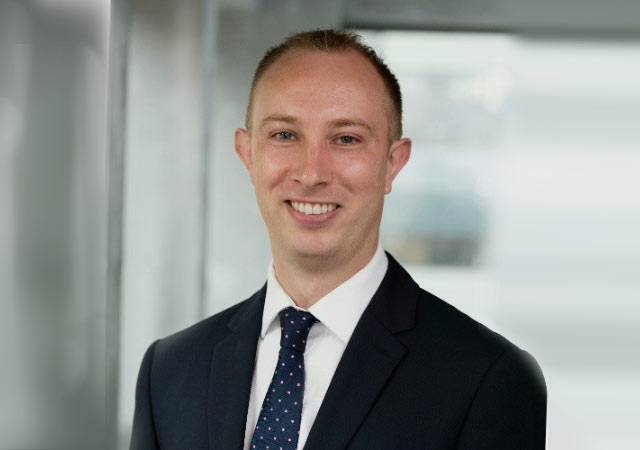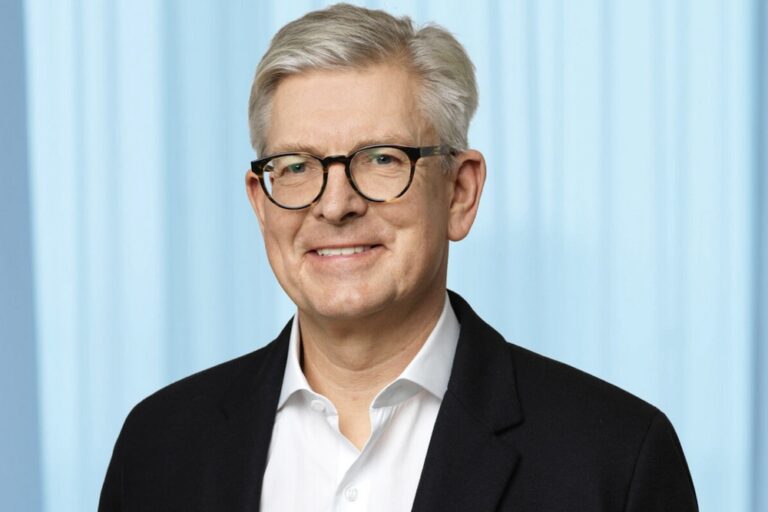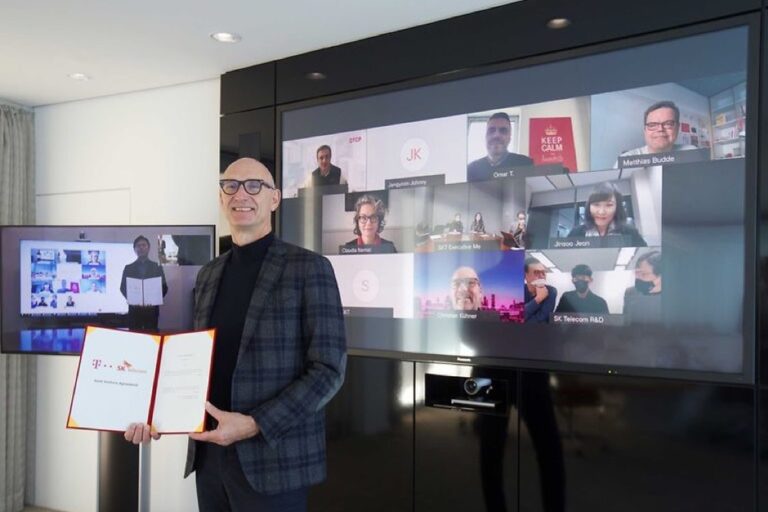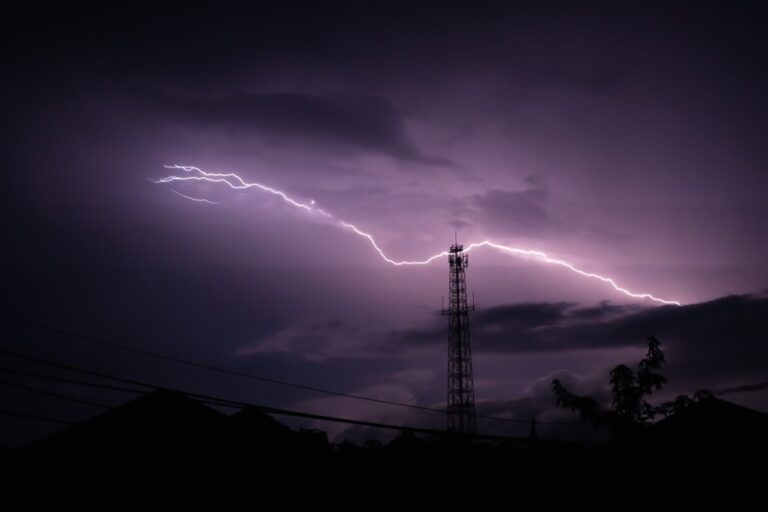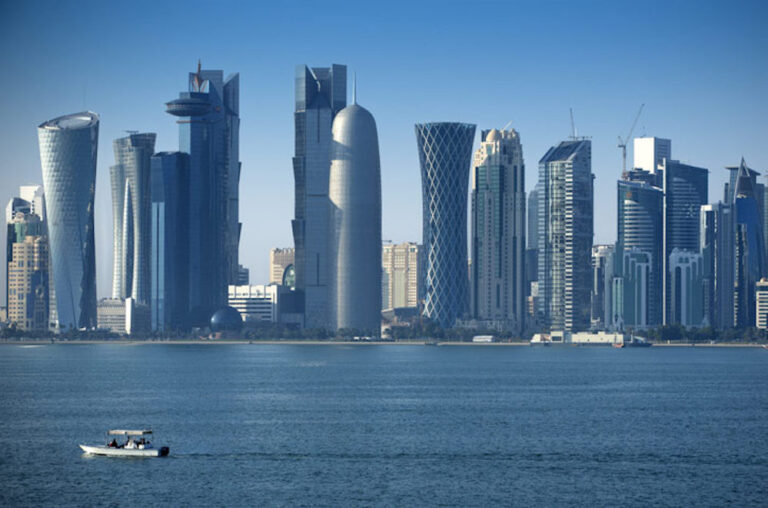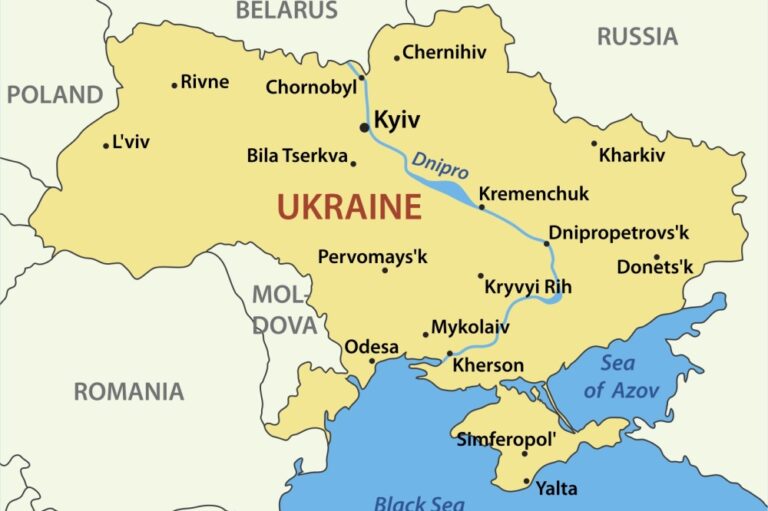Ransomware villains face network orchestration
Telecoms automator EnterpriseWeb (EW) and analytic specialist KX claim they can make networks that can be trusted to protect themselves, optimise services and run operations on one ninth of electricity and ten times faster with no human or downtime. The system lets telcos offer faster, better quality service to more customers. The software can run in base stations so minimal extra hardware or software is needed and the alongside an existing system.
KX claims it ‘world’s fastest’ time series database and real-time analytics engine kdb+ drives EW’s automated, but highly visible, systems performance-critical mobile network. EW’s closed-loop control mechanism runs on any distributed network. KX data services and analytics use the kdb+ time series database for pattern recognition and the detection of anomalies. These feed EnterpriseWeb’s intelligent orchestration platform for intent-based network and service management. Together they can interpret events, translate policies and take pre-emptive action to maintain a declared state for a self-scaling, self-healing, self-optimizing network.
The two companies first teamed a 5G edge network automation test-bed hosted by Intel Network Builders (INB), along with Red Hat, Keysight, Fortinet and Tech Mahindra. Their improvements to the Self-Organizing Network (SON) perfected the processing of secure packets, while significantly reducing energy consumption. To date most SONs have been vendor-centric, narrow in scope, batch processed and expensive to deploy and maintain.
The EW and KX fixed that by making an open SON that adapts to a wide variety of use cases. To test this they simulated both a large spike in network traffic and a DDOS (Distributed Denial of Service) attack. KX monitors streaming data to issue alerts where threshold levels are breached. Signals are then sent back to EnterpriseWeb’s intelligent orchestrator, which automatically adjusts the configuration of the service elements as well as the underlying infrastructure to accommodate the additional traffic and respond to the threat. This ensures Quality of Service for customers and maintains network health.
Test results so far indicate that the system could handle ten times more traffic while using around a tenth of the energy. The energy efficiency leapt from 113 kW/h to 1069 kW/h. That automatically identifies anomalies and instantly neutralises them without human intervention. The artificially intelligent interventions are predicted and prevented so quickly that normal service is preserved without ever having to be restored, according to KX growth officer James Corcoran.
“This automated self-optimising approach replaces a difficult manual task with a set of intelligent observability services that require minimal human action,” said Corcoran, “the result is easier, faster, risk-mitigating and service-oriented deployments.”
The risk-mitigation system can detect cyber threats, such as distributed denial of service (DDoS), the threat of which grounded all American domestic flights recently. Many Canadian institutions have been paralysed by denial-of-service cyber hackers. The speedy resolution of these outages, and the subsequent surge in bitcoin values, have been linked by some speculators who argue that since the FTX scandal nobody would ever buy bitcoin by the millions unless they were being forced to use the currency to pay a ransom to a criminal gang.
The sooner threats can be detected, the better chance there is to mitigate those risks. This process is carried out automatically and has become priceless in reputational risk and maintaining quality of service. “It can lead to loss of service and perhaps reputational damage,” said Corcoran. Europe’s mobile network operators (MNOs) are particularly vulnerable.
Installing the database and real-time analytics engine kdb+ can automatically keep the network at peak performance at minimal cost, which is a fine balancing act given the number of complicated ‘instances’ that need to be purchased across the cloud, “from edge to fog to cloud command and control”, according to Corcoran.
“The results have been excellent,” said Corcoran, “we’re processing ten gigabits per second rather than one, on around one ninth of the energy. The system lets telcos offer faster, better quality service to more customers. The use case in the test is very specific but we see this being of immense benefit to telcos looking to automate and drive efficiency over edge-to-cloud architectures and increase quality of service while also lowering costs,” said Corcoran.



